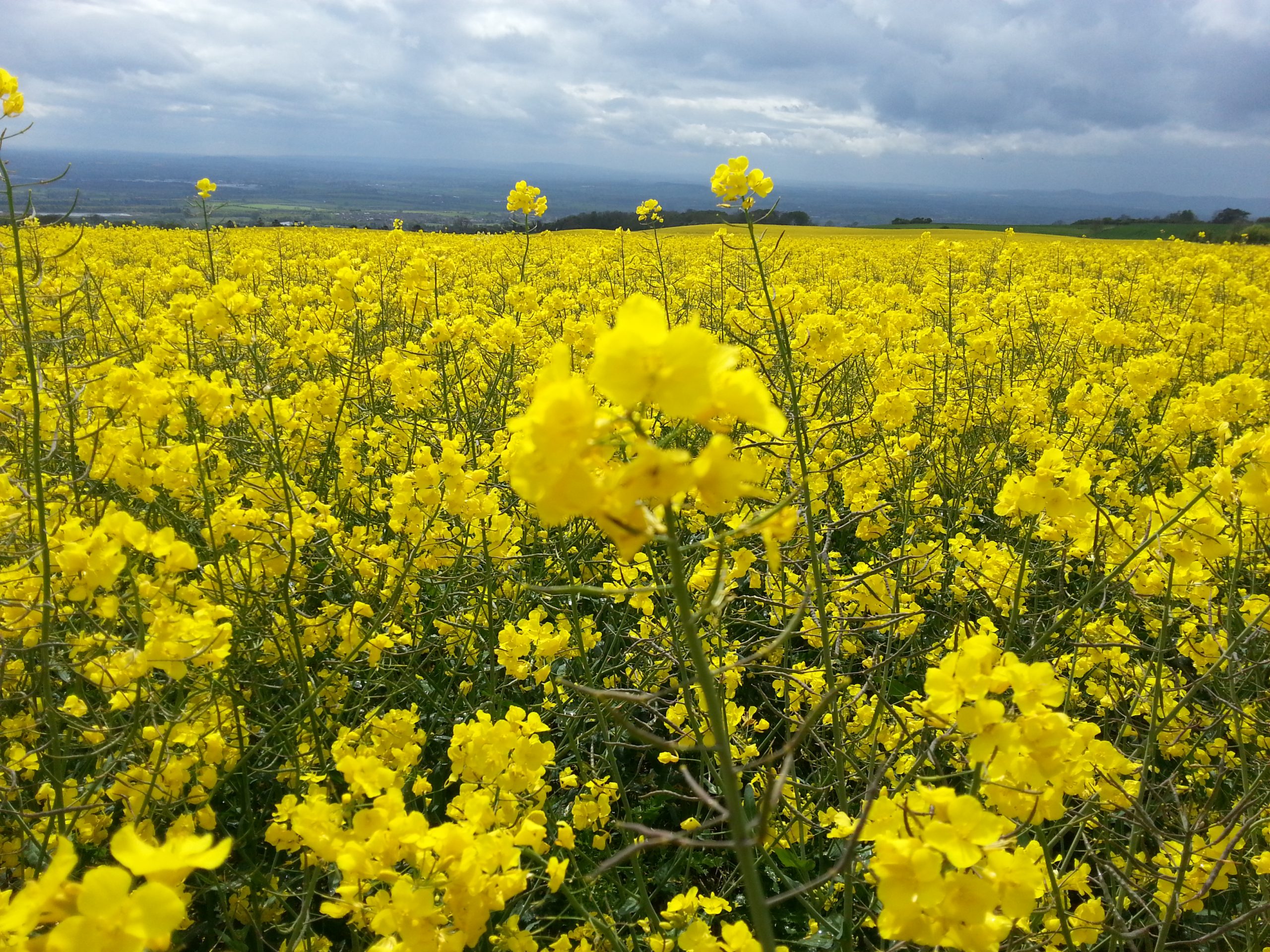The Environmental Land Management Scheme (ELMS) will bring the biggest change to British agriculture in 50 years.
The three main elements or tiers of the scheme are:-
- Sustainable farming incentive
- Local nature recovery
- Landscape recovery
Tier one, Sustainable Farming Incentive, includes the basic measures that provide a solid foundation of sustainable farming principles such as:
- Nutrient management
- Good soil husbandry
- Reduction of ammonia emissions
- Efficient use of water
In order for ELMS to bring about any significant change in creating a sustainable agricultural system in the UK, a high level of buy-in and uptake is required by farmers, growers and land managers to make a difference. On the face of it, Tier one can offer the greatest appeal to a majority of farmers, but there is understandable concern that these measures will be at the detriment of crop yield and quality.
From the last fifty years of crop research and trials, our knowledge and understanding of soil and crop science has increased exponentially. This knowledge allows us to harness significant advances in biotechnology to assist with the natural processes that allow crops to reach their optimum potential, while reducing inputs and the impact of agriculture on the environment.
The output from this knowledge has been the development of the OptiYield computer software programme, which clearly maps out a crop’s nutritional and biostimulant needs at each growth stage. With the management of inputs being fundamental to the success of ELMS Tier one, the ability to know what needs to be added, how much and when, is crucial.
Soil husbandry has always been fundamental to growing food and that hasn’t changed, but what has changed is the understanding that just a simple soil extract test for pH P,K & Mg is not enough.
By using more in-depth soil analysis, it is possible not just to know what is in your soil, but what is readily available for plants to use. By understanding the full picture of nutrient availability and plants’ needs, a tailored crop nutrition programme can be produced. By doing this on a yearly basis, it is possible to ensure that each year adds to your soil’s quality and health, rather than detracting from it, while the crop only gets what it needs and no more.
Research into the use of ‘traditional fertiliser applications’ has repeatedly shown that excessive applications are wasteful, in terms of limited plant uptake and either wash off, volatilise into the atmosphere or get locked up by chemical reactions in the soil. It’s often ‘money down the drain’.
Optimising fertiliser applications in terms of ‘uptake’ quantity, growth stage timing and delivery technology can make significant savings in terms of wastage, environmental pollution, greenhouse gas emissions and – just as importantly – production costs.
In recent years we have seen, and growers have experienced, increasingly chaotic, extreme and unpredictable weather events: prolonged periods of heavy, continuous rainfall; sustained hot, dry periods; periods that are unexpectedly cold; periods of high and damaging winds at any time of year.
However, even small shifts in daytime temperatures, increases in hot and dry periods or conversely sudden, heavier downpours, can cause significant environmental stress to plants and damage to poorly maintained soils.
Crop resilience and performance in these situations can be helped through building good soil structure and water-holding capacity, by sympathetic husbandry practices and encouraging or introducing both beneficial soil microbiota and the use of specific new-generation biostimulants developed specifically to reduce crop stress and maintain crop development.
Furthermore, significant water use efficiencies can be obtained by the improvement of crop stress tolerance when using these biostimulants developed to reduce heat, moisture stress and delay senescence.
So, to answer the question ‘Are the objectives of ELMS and the increased production of marketable crop yields mutually exclusive?’ At Emerald Research using our OptiYield technologies, we do not believe they are.
Through the research we have conducted over the last 5 years we actually believe that ELMS and crop production can go hand-in-glove and not only improve your soil’s capital asset, but your financial assets as well.
Typically, farmers and growers who use the OptiYield system have increased their marketable yields by an average of 10 to 25 percent, along with delivering top and bottom-line revenue increases.
Financial sustainability is the first step in being able to create an environmentally sustainable agricultural business that can deliver ‘public money for the public good’.


